Table of Contents
- Understanding WebP
- The Advantages of WebP
- The Disadvantages of WebP
- Converting Images to WebP
- Converting WebP Images Back to Other Formats
- Tips for Handling WebP
- 1. Select Appropriate Conversion Tools
- 2. Verify Browser Compatibility
- 3. Optimize for Quality and Size
- 4. Leverage WebP for All Image Types
- 5. Employ WebP for Animations
- Conclusion
WebP introduces an innovative image format known for its ability to balance quality and compression, promising faster website loading times while preserving visual integrity.
Nowadays, the majority of prominent websites utilize the WebP format for image display. Is it advisable to follow suit for your own website? Is the effort of converting all your images to WebP worthwhile? Let's delve into the details.
This article explores the merits and demerits of adopting WebP and provides guidance on various conversion techniques for transforming images into the WebP format. It's essential to read through to the end, as this knowledge might be the breakthrough needed to elevate your website's performance in search engine rankings.
Understanding WebP
WebP, developed by Google, stands as a contemporary image format facilitating superior compression for web images, thereby enabling faster loading times without sacrificing quality.
Unlike conventional formats like JPEG, PNG, and GIF, WebP supports both lossless (maintains original quality) and lossy (slightly reduced quality) compression, along with transparency and animation.
This versatility renders it an attractive choice for a wide range of web content, spanning from simple icons and graphics to intricate photographs and animated elements.
The Advantages of WebP
The appeal of WebP lies in its multitude of benefits. Foremost, its efficient compression algorithms substantially reduce image file sizes, resulting in faster page load times and enhanced website performance—critical factors in user experience and SEO rankings.
Moreover, its support for transparency and animation within a single format streamlines the web design process, offering a comprehensive solution for diverse visual requirements.
The Disadvantages of WebP
However, WebP's journey to widespread adoption faces several hurdles. While browser support is steadily expanding, it's not yet universal, leaving a portion of users unable to view WebP images without fallback mechanisms.
Additionally, the necessity for specific conversion tools and adjustments to existing workflows can present challenges for teams and individuals accustomed to traditional image formats.
Converting Images to WebP
Embracing WebP involves converting existing images to this format, a process streamlined by various tools and services. Here are several methods for integrating WebP conversion into your workflow, catering to different preferences and requirements.
Utilize a WordPress Plugin
If your website operates on WordPress, the simplest method to convert images is by employing a plugin.
There exists a plethora of free and premium plugins for WordPress that facilitate image conversion to WebP. These plugins enable both the conversion of existing images on your website and the automatic conversion of new images upon upload.
Imagify (premium) and WebP Express (free) are noteworthy options worth exploring.
Online Conversion Tools
Online converters offer a convenient and user-friendly means of converting images to WebP. Platforms like CloudConvert and Zamzar allow you to upload JPEG, PNG, or GIF files and convert them to WebP with minimal effort. Simply:
- Visit your chosen online converter.
- Upload the desired image file(s).
- Select 'WebP' as the target format.
- Click 'Convert' and download the converted file once it's ready.
Employ Adobe Photoshop or Affinity Photo
The latest iterations of popular photo editing software, including Adobe Photoshop, Affinity Photo 2, and even MS Paint, now support the WebP format. They enable easy conversion of JPEG, PNG, and other formats to WebP.
If you're utilizing an older version of Photoshop, you can convert images to WebP with the assistance of the WebPShop plugin.
Converting WebP Images Back to Other Formats
Occasionally, there might be a need to convert WebP images back to standard formats, such as for compatibility purposes. This can be accomplished using similar tools.
The simplest approach is to utilize an online tool like CloudConvert to convert WebP images to other formats. Additionally, software like Photoshop, Affinity Photo 2, and others can be utilized.
Browser extensions like Save Image As Type can also facilitate downloading WebP images in alternative formats.
Tips for Handling WebP
1. Select Appropriate Conversion Tools
Choose a conversion tool that aligns with your requirements. Online converters are convenient for sporadic usage, while dedicated software or command-line tools might be preferable for bulk conversions or integration into your workflow.
2. Verify Browser Compatibility
Prior to fully committing to WebP, ensure that the browsers used by your target audience support the format. Implement fallback solutions like the `
3. Optimize for Quality and Size
When converting images to WebP, experiment with compression settings to strike the right balance between file size and image quality. Even minor adjustments can result in substantial bandwidth and loading time savings.
4. Leverage WebP for All Image Types
Maximize WebP's versatility by utilizing it for both photographic and graphic images. Its efficient compression algorithms perform admirably across various content types.
5. Employ WebP for Animations
Consider replacing GIFs with WebP for animations. WebP animations often exhibit significantly smaller file sizes than GIFs, alongside superior color support and alpha transparency.
Conclusion
WebP heralds a significant advancement in web image optimization, offering a combination of efficiency and quality that can greatly enhance web performance. While not devoid of challenges, the benefits of WebP make it a worthy consideration for any web project.
By comprehending the advantages and drawbacks and adhering to best practices for conversion, you can effectively harness WebP to enhance your website's loading times, aesthetics, and overall user experience.


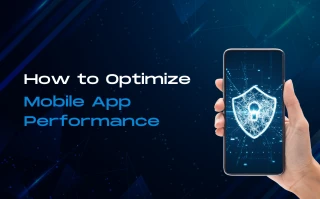
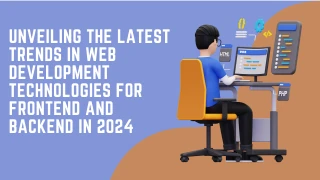

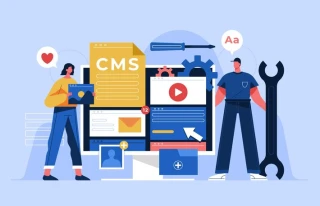

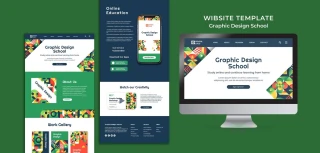


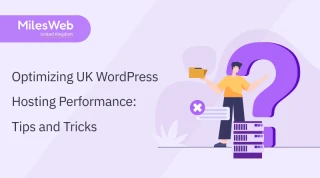

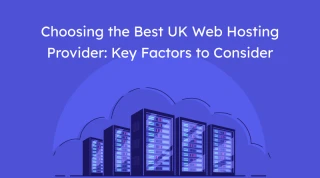



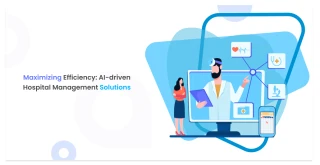

 +91
+91